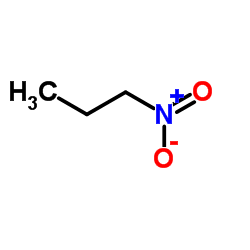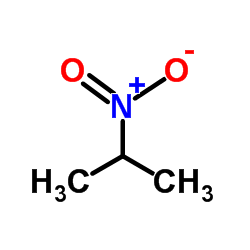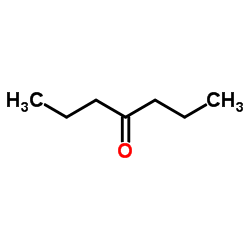| Structure | Name/CAS No. | Articles |
|---|---|---|
 |
2,4-dimethyl-3-pentanone
CAS:565-80-0 |
|
 |
1-Nitropropane
CAS:108-03-2 |
|
 |
2-Nitropropane
CAS:79-46-9 |
|
 |
4-Heptanone
CAS:123-19-3 |